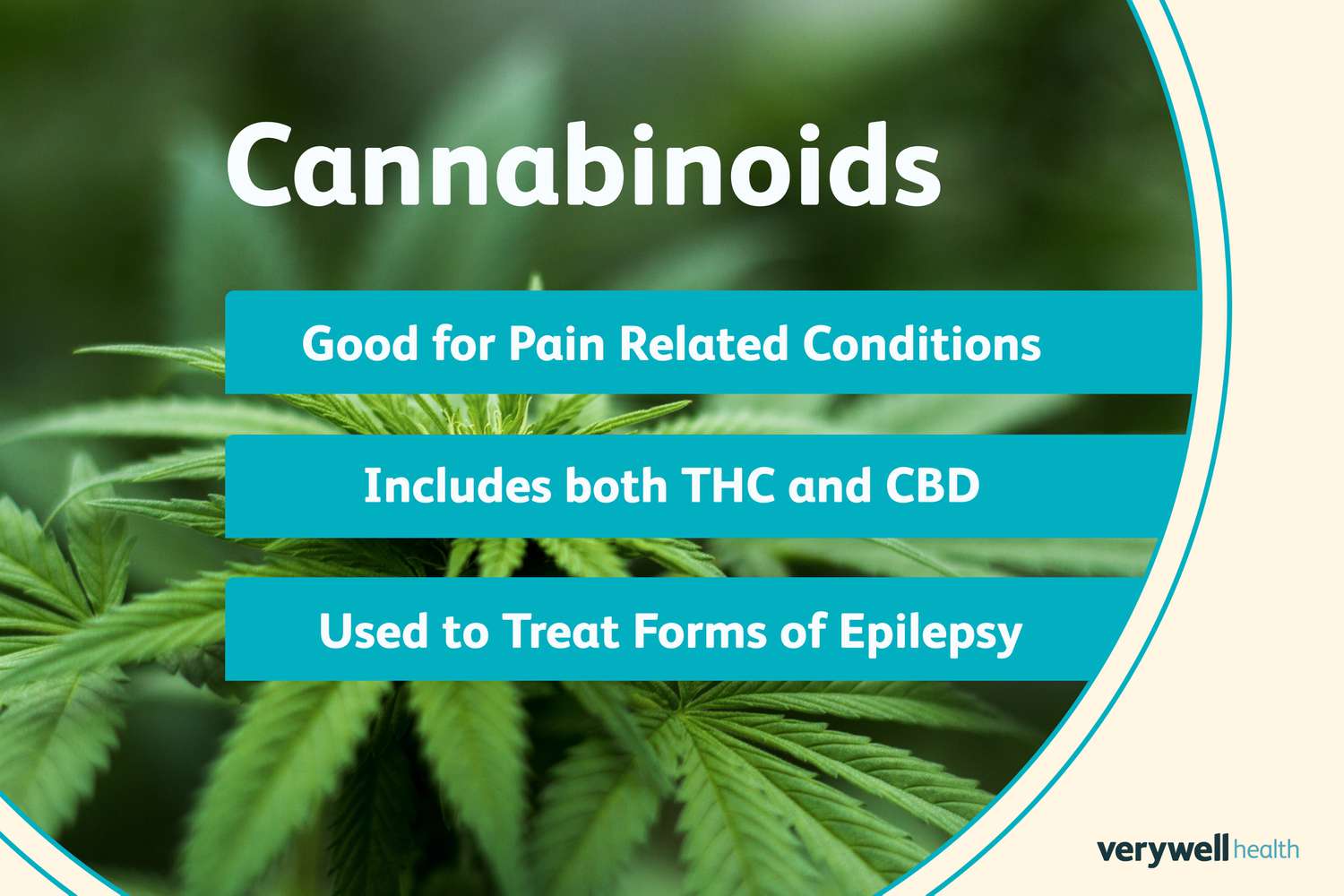What Are Cannabinoids

Cannabinoids are the active chemical compounds found in the cannabis plant that interact with the body's endocannabinoid system (ECS). They are the cause of the therapeutic and psychoactive abilities of cannabis. There are more than 100 different cannabinoids, with individual characteristics and possible therapeutic effects.
The two rather more widely recognized and investigated cannabinoids are THC (tetrahydrocannabinol) and CBD (cannabidiol), but it is still under consideration that other molecules, such as CBG (cannabigerol), CBC (cannabichromene) and CBN (cannabinol), may also develop a significant interest for their potential therapeutic applications.
What Are Cannabinoids?
Cannabinoids are chemical compounds that interact with the body's endocannabinoid system, which helps regulate various physiological processes such as mood, memory, appetite, and immune function. The ECS is made up of cannabinoid receptors (the CB1 and CB2 receptors), endogenous cannabinoids (synthesized within the body), and hydrolyizing enzymes for cannabinoid metabolism. When cannabinoids from cannabis interact with these receptors, they can affect a vast array of bodily functions.
Cannabinoids can be divided into two main categories:
Phytocannabinoids: These are the cannabinoids present in the cannabis plant. THC and CBD are examples of phytocannabinoids.
Endocannabinoids: These are cannabinoids synthesized by the human body, e.g., anandamide and 2-AG (2-arachidonoylglycerol).
Synthetic Cannabinoids: These are synthetic compounds, that have been engineered to approximate the behavior of natural cannabinoids. They are sometimes manufactured into drugs but may also be present in illegal goods, both of which have adverse effects.
Common Cannabinoids and Their Effects
THC (Tetrahydrocannabinol): The moiety most recognized of the psychotropic cannabinoid effects, THC, is the psychoactive determinant of the effect of cannabis. It binds to CB1 receptors in the brain and is known for its euphoric effects, as well as potential benefits for pain relief, nausea, appetite stimulation, and sleep disorders.
CBD (Cannabidiol): In contrast to THC, CBD is anaptoic, that is, it does not produce a high. It has received much attention for its therapeutic effects, such as anxiety reduction, alleviation of pain, improving sleep, and management of seizures. It also has anti-inflammatory and neuroprotective properties.
CBG (Cannabigerol): CBG is referred to as the "mother cannabinoid" because it is a precursor of other cannabinoids such as THC and CBD. Although CBG is usually found at low concentrations, research with CBG is currently being conducted regarding its potential therapeutic effects against glaucoma, inflammation, and neurodegenerative disease.
CBC (Cannabichromene): CBC is a non-psychoactive cannabinoid with anti-inflammatory, anti-depressant, and anti-cancer activities. It is thought to synergistically work with other cannabinoids to maximize their actions.
CBN (Cannabinol): CBN is a weakly psychoactive cannabinoid that builds up when THC is broken down over time. It has been described for its hypoactive effect and is commonly found in products for inducing sleep and relaxation.
The Entourage Effect
Cannabinoids do not work in isolation. Used in combination with other cannabinoids, terpenes, and compounds used in cannabis, they have the potential to generate a synergistic effect called the entourage effect. This phenomenon suggests that the combination of various compounds may work together to enhance or modulate the overall therapeutic effects of cannabis, making the experience more holistic and beneficial.
For instance, CBD may be able to counterbalance some of the psychotropic properties of THC such that anxiety or paranoia is attenuated, and the analgesic effects are increased.
Therapeutic Potential of Cannabinoids
Cannabinoids have emerged as therapeutic agents for a broad spectrum of clinical applications. Some of the key therapeutic uses include:
Pain Management: Cannabinoids like THC, CBD, and CBG have been shown to reduce pain, particularly in conditions like arthritis, multiple sclerosis, and fibromyalgia.
Anxiety and Depression: CBD and other cannabinoids seem to be able to decrease levels of anxiety, increase the state of relaxation, and contribute to mood regulation.
Seizure Disorders: Specifically, CBD has been demonstrated to decrease the number and intensity of seizures in cases such as epilepsy.
Cancer Treatment: Certain cannabinoids have shown anti-tumor activity and are therefore being investigated for their potential to inhibit the proliferation of cancer cells and alleviate cancer treatment-related side effects (eg, nausea and loss of appetite).
Neurodegenerative Diseases: Cannabinoids (e.g., CBD, CBG, CBC), however, are increasingly being investigated for possible neuroprotective effects, which may find application in the treatment of Alzheimer's and Parkinson's diseases.
Conclusion
Cannabinoids are the major active ingredients found in cannabis and exert their effects by binding to the body's endocannabinoid system. Although THC and CBD represent the most widely known cannabinoids, CBG, CBC, and CBN are receiving increasing attention for their distinctive therapeutic properties.
Since research progresses the range of potential applications of cannabinoids in the treatment of a wide range of health conditions will likely increase and represent an important field in the medical and recreational cannabis perspectives.
